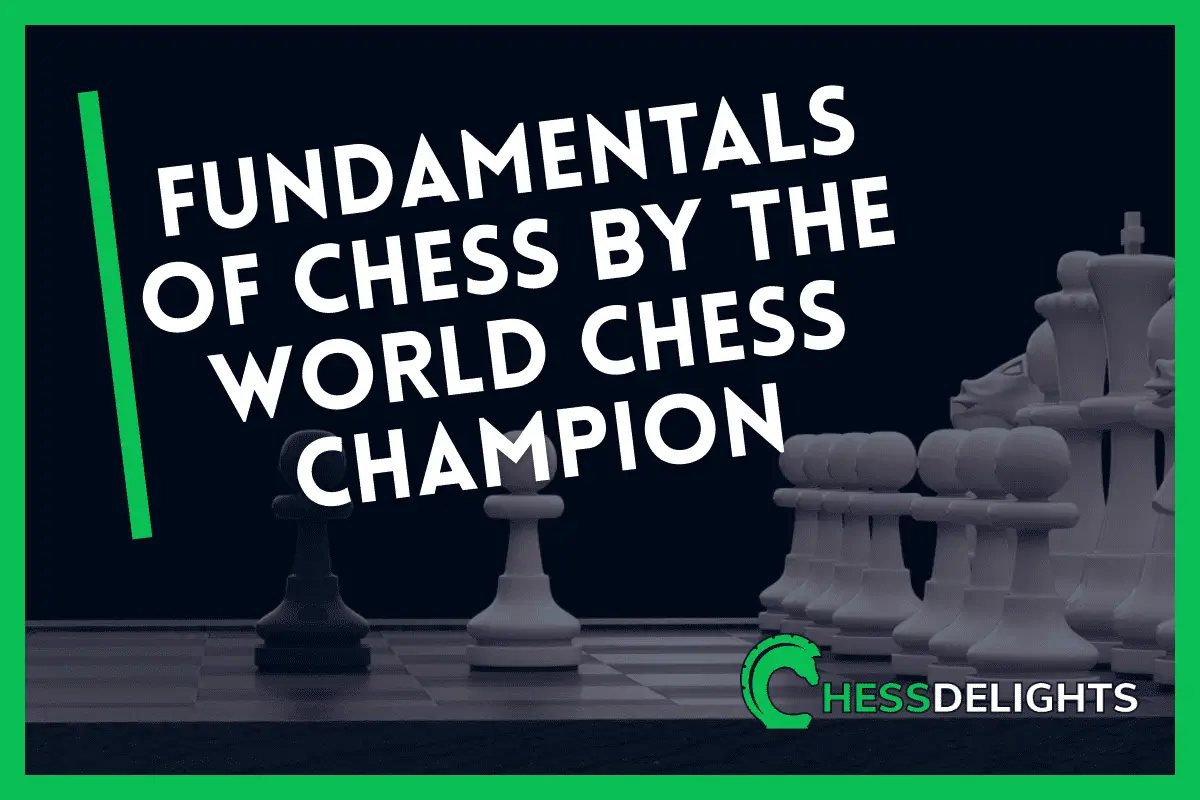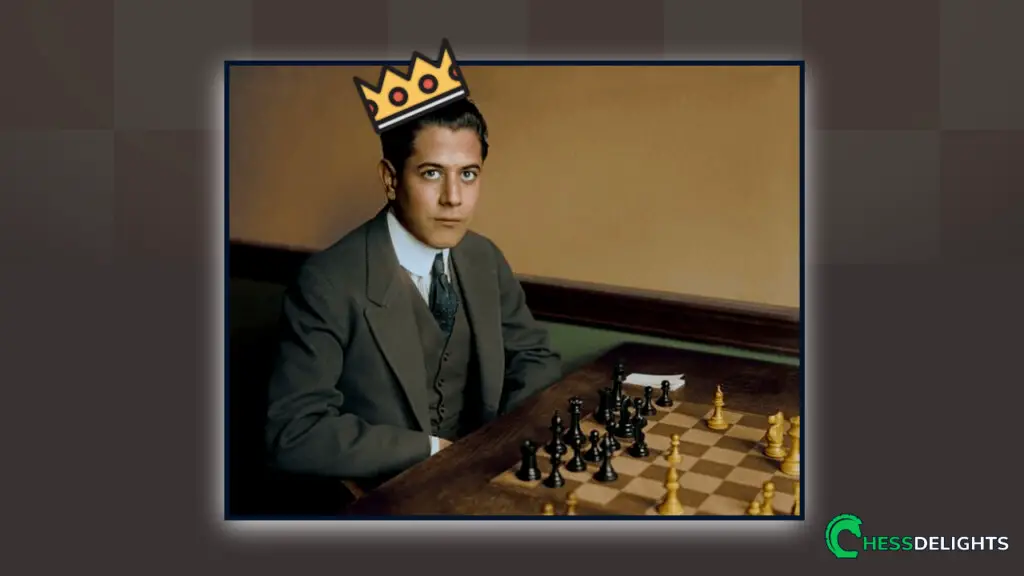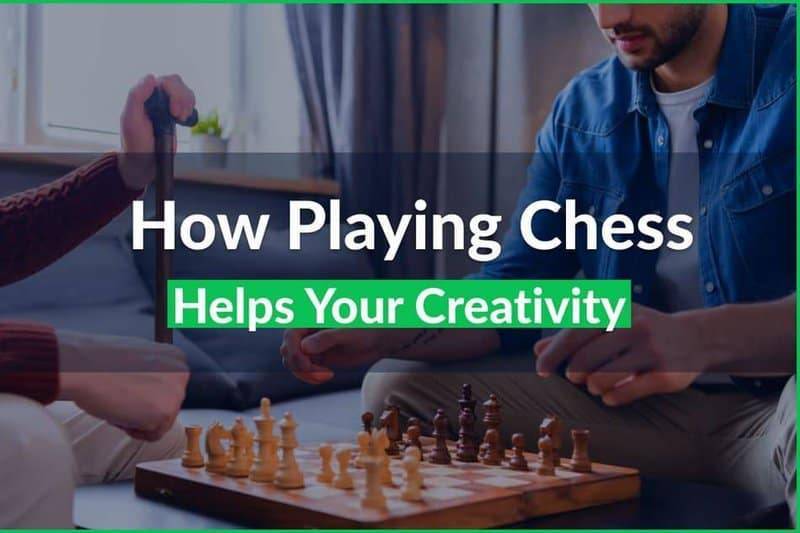Have you read the book Chess Fundamentals by Jose Raul Capablanca? If not, you're in luck since I'll be sharing some of his chess-related teachings with you.
I'm going to share with you his first principle which is the endings, middle-game, and openings.
In addition, I will send you a complimentary chapter of his book that I believe will help you improve your game at the end of this post.
The Fundamentals of Chess
If you're just starting to play chess, you may wonder, “What are the fundamentals?” It's an important question for beginning players, and the answer will greatly affect your game. The game of chess is an intricate and highly strategic game, and mastering these rules will improve your game.
So, the way Capablanca approach of teaching students is to first understand the power of each chess pieces, and the best way to learn is to solve simple checkmate problems.
I have written lots of puzzles and checkmate problems that you can study immediately below;
Chess Puzzles for beginners and intermediate players
Win chess in 4 moves sample checkmate with helpful tips
Quickest checkmate in chess for black and white
I can say that learning checkmates will help you understand how to use each piece of chess in the best way possible.
Recommended reading: I wrote a comprehensive review of Capablanca's chess book in this post chess fundamentals book review
Fundamental of Chess Endgames
Jose Raul Capablanca is a strong advocate of chess endgame fundamentals, believing that in order to truly master the game, one must first master the endgame. In the first chapter of his book, he demonstrates the endgame between Rook and King against King.
In his example, he explains that the initial step is to contain the opponent's King with the Rook, and the end outcome is always a force checkmate.
Below is an illustration of a Rook and a King going up against a King;
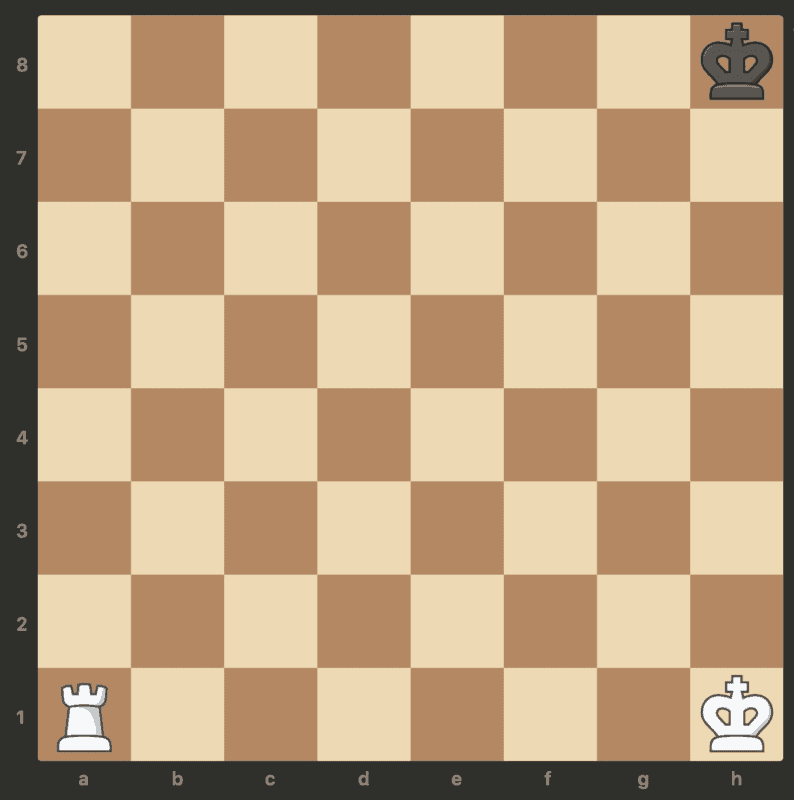
While this is pretty simple for a non-beginner, I want you to understand the first idea he is attempting to teach in a student player; he is correct in asserting that the endgame will demonstrate the strength of each chess piece.
He continues with different scenarios using Rook and King against King, which is very detailed and helpful for those who are just starting out.
Some of the other examples inside his book is two Bishops and King against King;
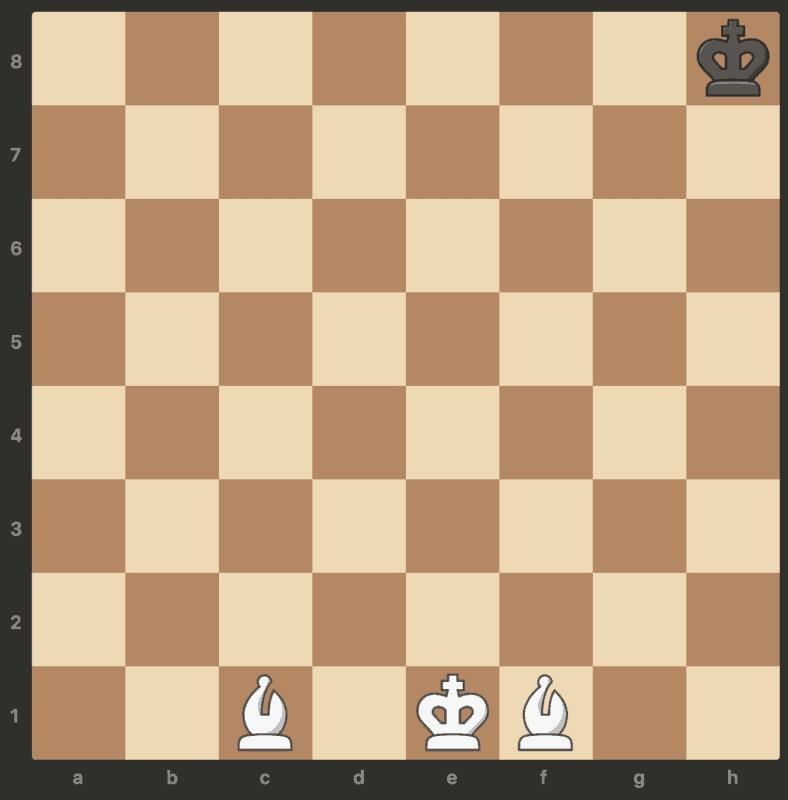
After seeing the example above, I realized that this was not a simple checkmate puzzle to solve, but because his book clearly explains how to effectively use the power of two Bishops and a King – I was able to follow and execute the moves correctly.
Recommended reading: If you want to learn more about how to get better in endgames don't forget to check this article about chess endgame.
Fundamentals of Chess Middle-Game
What I admire about Jose Capablanca's method to teaching chess is that he makes certain that you are already familiar with the other lessons listed above before recommending that you study familiar or popular chess combinations that are typically encountered in the middle-game.
Chess middle-game fundamentals is important because you'll master both simple and difficult combinations.
Below is an example of a simple combinations;
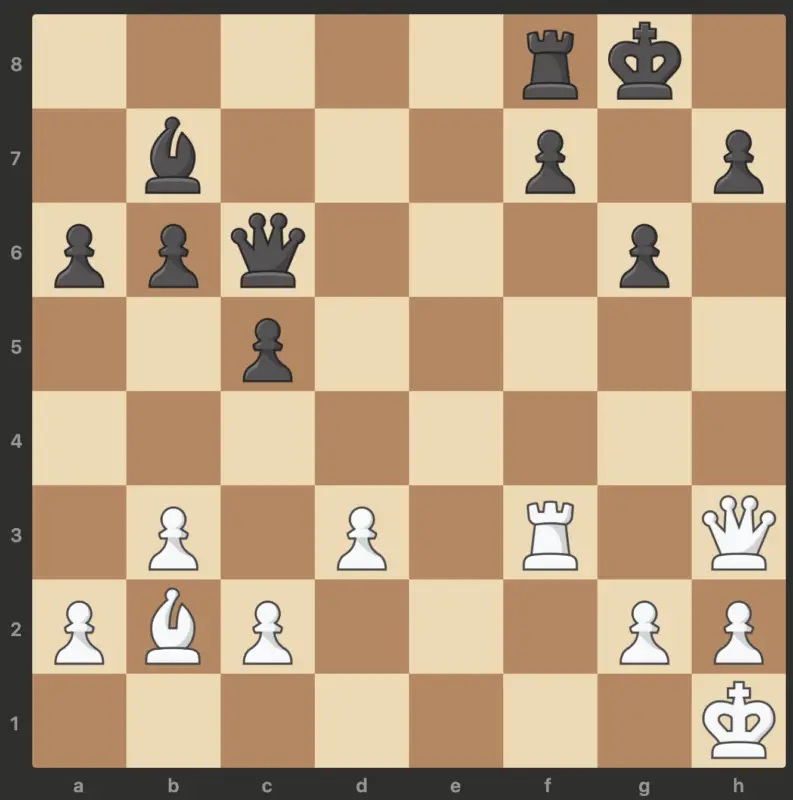
If you're a beginner at assessing this type of combination, you may need to take some time to analyze the scenario before making a final decision. The fact is that white has a chance to win this puzzle by a combination of Queen sacrifice and the Rook and Bishop mating pattern.
When you practice checkmate combinations, you are building your ability to recognize checkmate patterns while also training your ability to calculate moves in your head. This is an excellent example of how to improve your checkmate recognition and calculation skills.
Again, if you have mastered the first lesson or at the very least comprehended its objective, you will find learning the middle-game to be a great benefit.
Below is a type of checkmate combination which is more complicated;
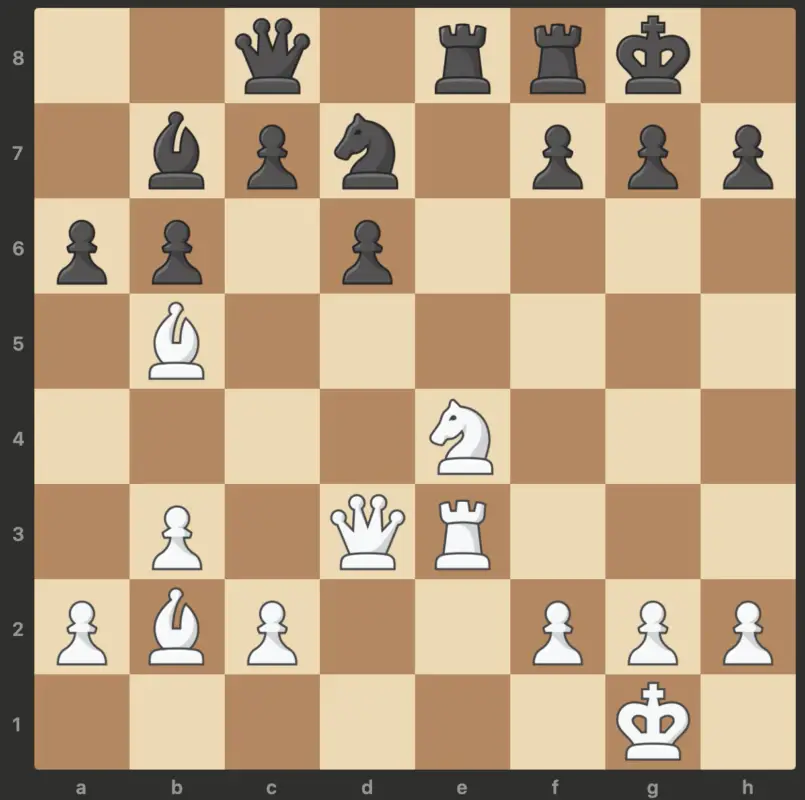
You can also check out some articles below to learn more about tactics and strategies to further improve your checkmate combination skills;
Chess tactics for beginners with 18 examples
Chess strategy for beginners – is there such thing as an unbeatable strategy?
Fundamentals of Chess Openings
It's interesting to note that the chess openings fundamentals are the last topic covered in chapter 1 by the World Chess Champion's book.
He begins by discussing the relative value of the various chess pieces. What exactly does this mean? It is possible to state that the Bishop and the Knight are of equal importance; nevertheless, according to Jose Capablanca, the Bishop will nearly always be the most important piece in the majority of situations.
That is an interesting and direct response when comparing the Bishop and Knight, simply reiterating that it is his personal opinion. If you've been playing for a while, you've undoubtedly come to the conclusion that two Bishops are almost always superior over two Knights.
Useful External Resource: If you want to read the chess fundamentals book for free you can check this link.
The main idea from this section of the book is that you need to develop your chess pieces as fast as possible. If you are asking how many moves till you've reached the first number of openings in chess, the answer is minimum of 7 moves and maximum of 12 moves.
And Jose reminds us that you should never move a chess piece in the opening moves twice. Unless it is for a material advantage.
I've written some articles regarding opening moves, which you can check below for your own reference;
Memorize chess openings – should you really memorize them?
Learn chess openings – how many openings you need to learn?
Chess starting positions for beginner.
The chess opening principle is better studied from his actual book and as promised below is a link on how to access the free chapter of World Chess Champion Jose Raul Capablanca's book rewritten in Algebraic Notation.
FREE Resource: Get access to J.R. Capablanca's “The Chess Fundamentals' Chapter 1” now.
Hopefully, you've enjoyed the free chapter; if you're interested in purchasing the complete chapter, you may do so by clicking on this link.
If you enjoyed this article, please do share this to your friends or families who are also interested in learning the basics of chess (you can share this by clicking the social media icons from this page).
Enjoy studying the first principle in chess by the World Chess Champion!
Essential Chess Resources: Let's take your learnings to the next level by checking out our recommended chess resources.

